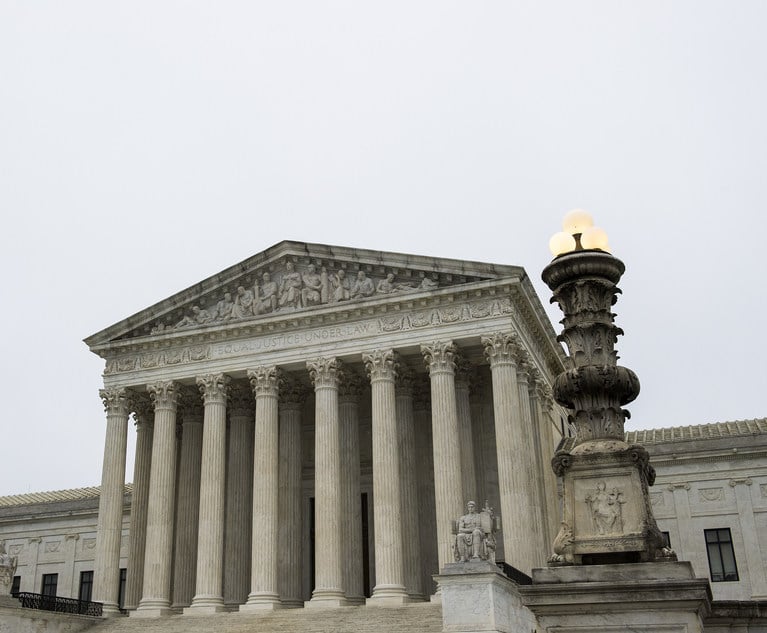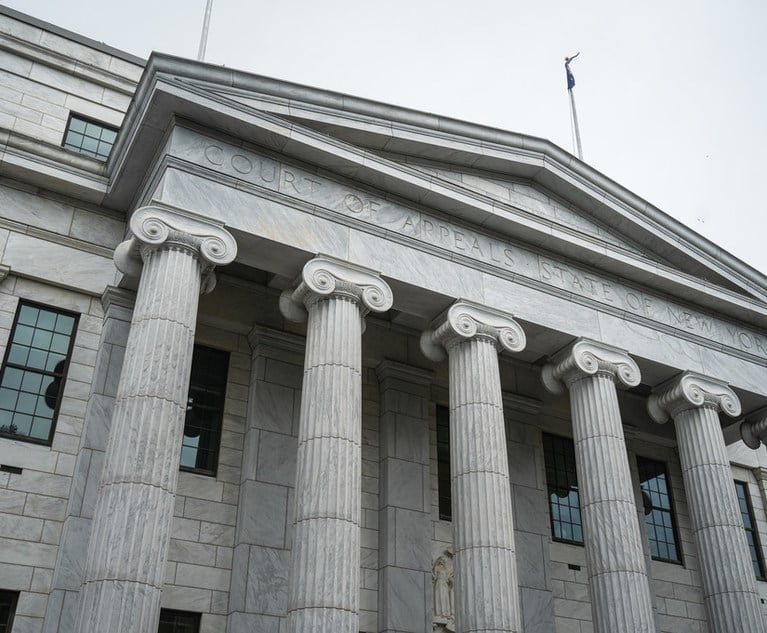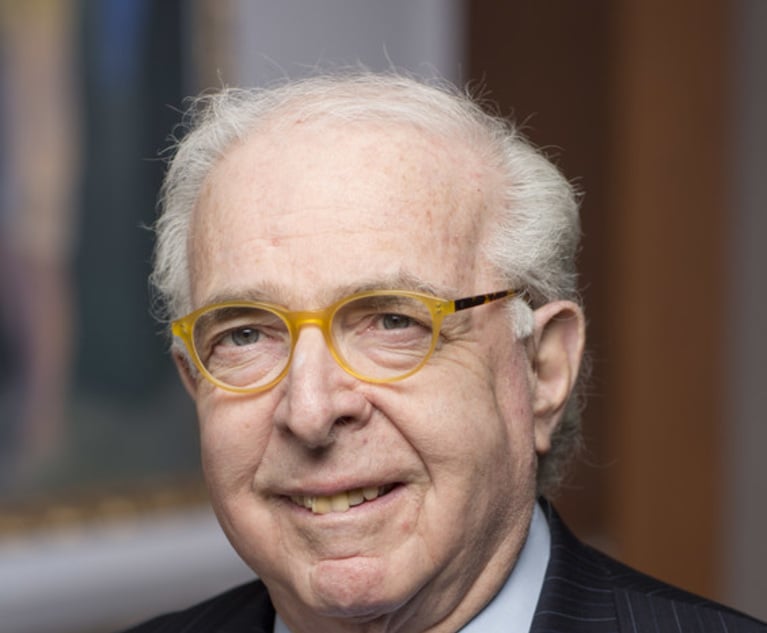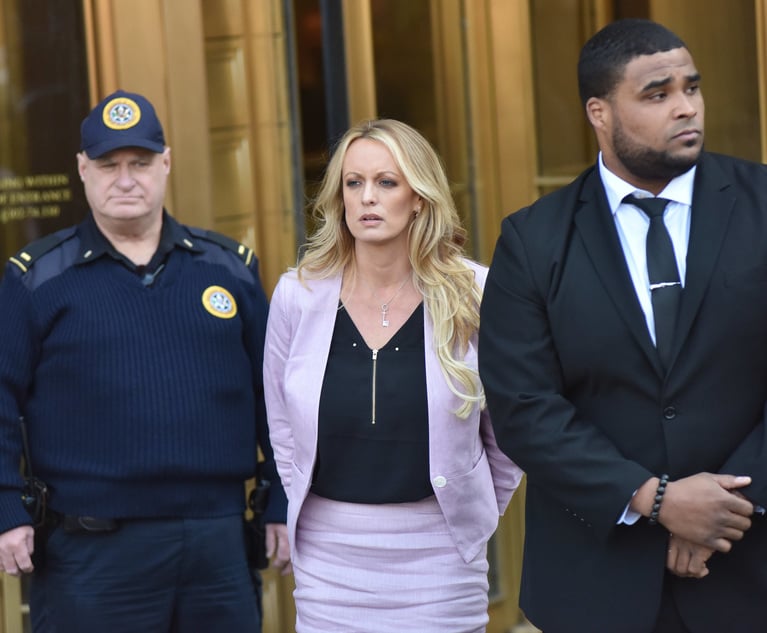In recent years the Supreme Court has waded heavily into the Constitution’s regulation of government and religion. Acting as amateur historians, the Justices have re-examined from the durability of religion precedents. In the course of doing so, they have turned history on its head, demolishing Thomas Jefferson’s famous metaphor of a “wall” separating Church and State. Given the noticeable decline in membership in houses of worship in the United States, and surveys declaring that Christianity in the U.S. is quickly shrinking (CBS news, Sept. 14, 2022), one wonders whether the Court is seeking unilaterally to reverse this trend. Indeed, recent rulings have authorized religious institutions to demand from government the same benefits that secular institutions receive; approved broader displays of religious symbols in public places; and not only allowed but celebrated official prayer in public schools.
The Court for generations has tried to reconcile the two great clauses in the First Amendment that command government not to significantly advance, or “Establish” religion, and to refrain from significantly burdening an individual’s “Free Exercise” of his or her faith. But today the Court has taken a radically different approach; it has marginalized the Establishment Clause and given heightened protection to religious freedom.


 The U.S. Supreme Court building in Washington, D.C. Photo: Diego M. Radzinschi/ALM
The U.S. Supreme Court building in Washington, D.C. Photo: Diego M. Radzinschi/ALM




